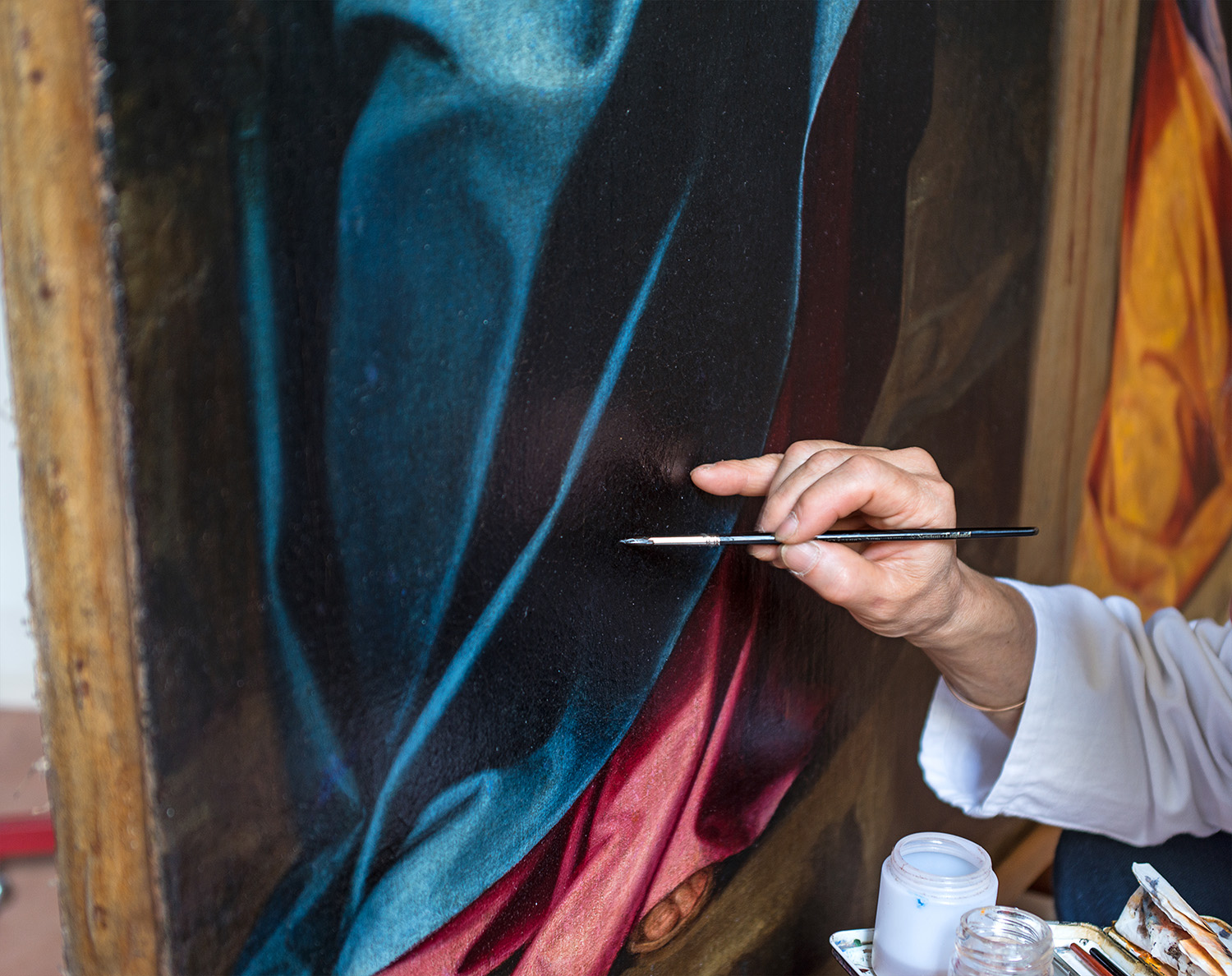
A new frontier: the use of botanicals as “green” raw materials in industry and artwork restoration
The use of botanicals as "green" raw materials in industry and art restoration is part of the growing focus on the environment and the use of "eco-friendly" strategies, in line with the challenges of the UN 2030 Agenda.
Since the dawn of mankind, medicinal plants have been used to improve the health of humans and animals. However, botanicals can also be used in contexts other than nutraceuticals; many industries are moving in this direction, introducing plant extracts in their processing or as a support to them.
But what are their uses? Why can they be considered green? And most importantly, what is the advantage of their use? Read on to find out!
What are botanicals and what are their properties
Plants are a veritable treasure chest of biochemical compounds, that can be divided into two categories:
- primary or general metabolites, such as chlorophyll, proteins, lipids and sugars, produced by all plants and necessary for the survival of the cells themselves;
- secondary or specialized metabolites, consisting mainly of terpenes, alkaloids and phenols, which are synthesized in the plant through specialized and species-specific (i.e., characteristic of a plant species) metabolic pathways; the latter play a protective function in the plant against microorganisms or physical and chemical damage, but also deter or attract higher animals.
Because of the inherent characteristics of plants, these organic compounds, which we find in extracts or botanicals, are biodegradable, environmentally friendly, and renewable.
The industrial use of botanicals is due not only to their biocidal properties, that is essentially antimicrobial, but also because of their anti-corrosive, anti-fouling, and UV-shielding capacity.
The use of plant extracts in the marine industry
Among the industrial applications of plant extracts, the case of marine industry is worth mentioning. Indeed, plant extracts can play an important role in combating the phenomenon of biofouling, that is the formation of biofilm on surfaces immersed in water, such as those of boats, marine structures, pipelines and boats. The formation of this biofilm - which is caused by organisms such as viruses, bacteria, microalgae, fungi and protozoa - has a huge cost in terms of maintenance and repair of the surfaces involved, not to mention the increase in harmful gas emissions due to the increased fuel consumption for weighing down the boats on which the organic material accumulates.
The use of natural antifouling can help control this problem without resorting to toxic agents, such as tributyltin, that have negative impacts on aquatic life. Some phenols, glucosinolates and flavonoids have shown great promise in this area.
Plant extracts as bioactive compounds in food packaging
Some plant matrices such as leaves, flowers, fruits, seeds and oils are known to be natural sources of antioxidant and non-toxic antimicrobial molecules, environmentally friendly and safe. For this reason, as an alternative to chemical and artificial food additives, the study of plant extracts as natural bioactive compounds in food packaging and edible coatings to extend the shelf life of products is becoming increasingly popular.
Essential oils and extracts of some tropical plants have been experimented in this field.
Plant extracts: an effective alternative for cultural heritage restoration
Another somewhat interesting panorama is that related to the biodeterioration of artworks, caused by fungi, bacteria and other biological agents that threaten their preservation. In fact, many chemicals used in restoration can be dangerous to artworks, to the health of restorers and even to the environment. For this reason, alternative restoration techniques based on natural products have been experimented for some years. Research focuses on certain essential oils and extracts with antibacterial, antifungal, anti-adhesive and antioxidant properties that can effectively counteract the decay of artworks.
For example, a work preserved at the Uffizi in Florence was restored, using a mixture of bitter orange hydrolate and cinnamon bark essential oil for the first time; it is Il Silenzio by Jacopo Zucchi and this innovative technique allowed to remove fungal contamination from the painting with an excellent result.
Thyme (Thymus vulgaris) has also been shown to counteract wood deterioration caused by bacteria, fungi and insects in artworks, as in the case of a wood sculpture belonging to the Sogo Bò collection of the "Pasqualino Noto" International Museum of Puppets in Palermo.
On the latter topic, you can read the study that EPO collaborated on: Thymus vulgaris Essential Oil and Hydro-Alcoholic Solutions to Counteract Wooden Artwork Microbial Colonization.